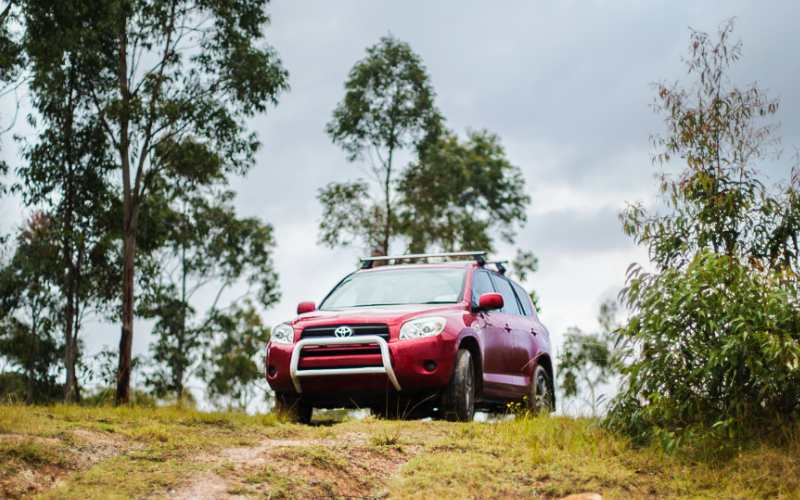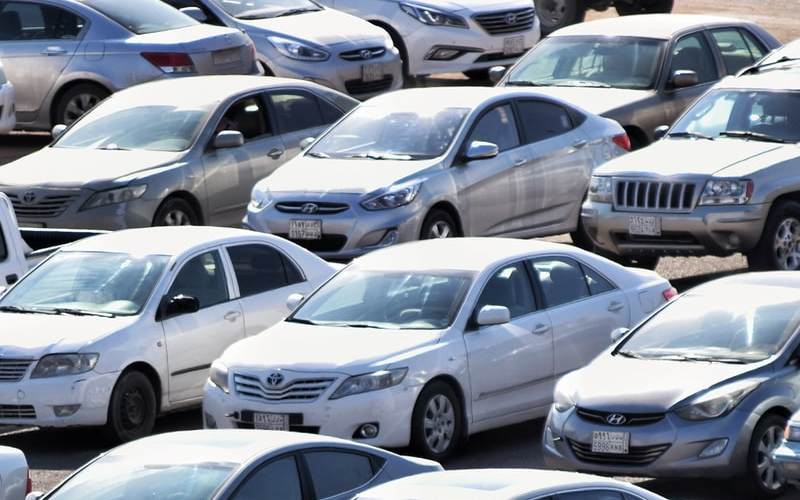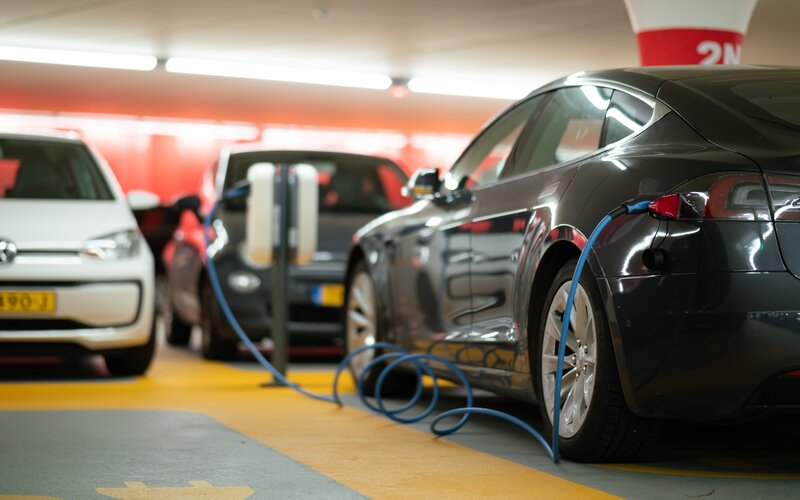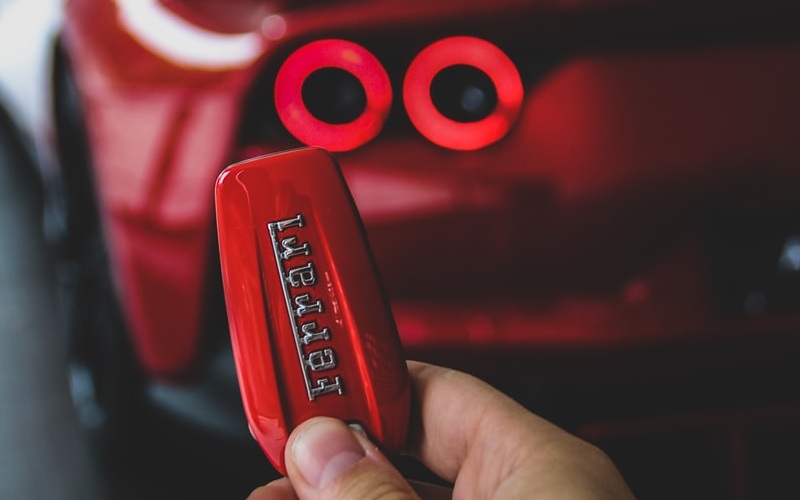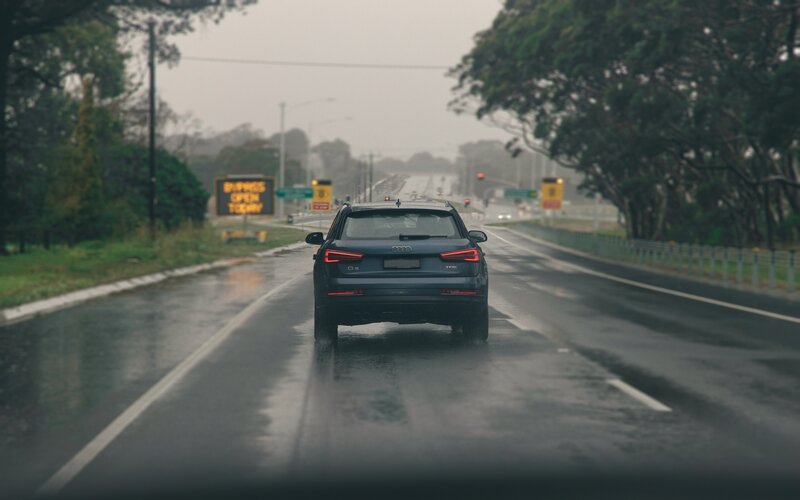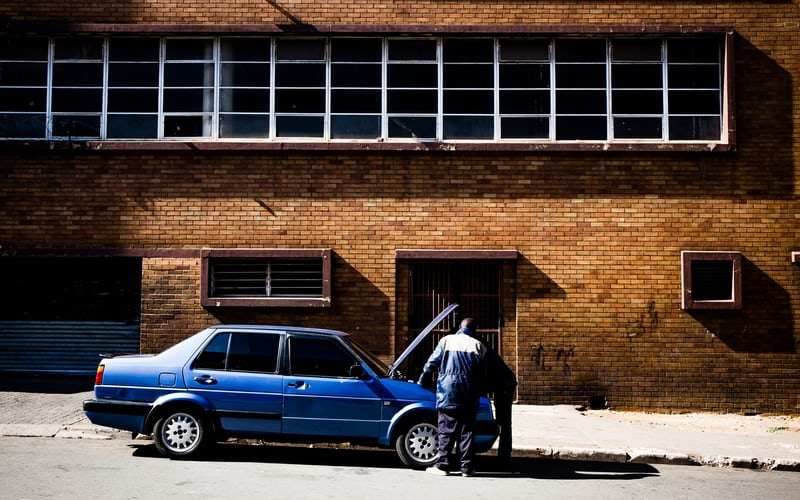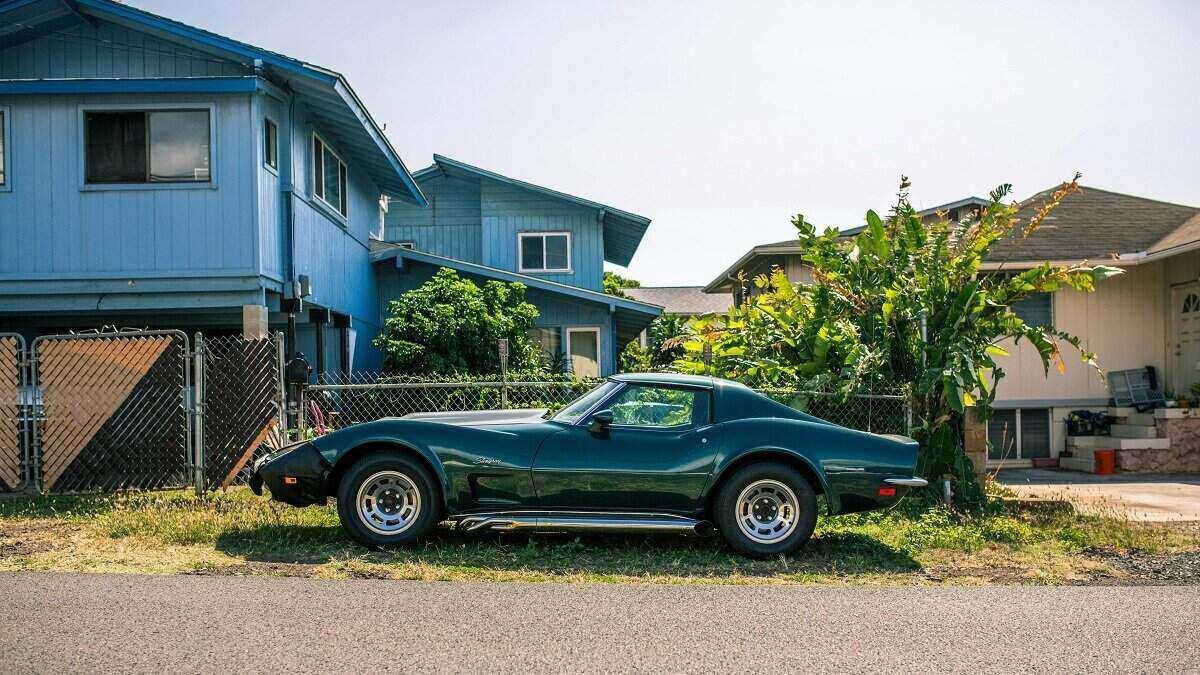Toyota has told the government its New Vehicle Efficiency Standard (NVES), which takes effect from 1 January 2025, is “too ambitious” and “too quick”.
The company said while it supported the introduction of an “ambitious efficiency standard”, the government’s preferred option was too ambitious for a country where the top three selling cars are diesel utes – the Ford Ranger, the Toyota Hilux, and the Isuzu D-Max.
“[The current NVES proposal] risks leaving thousands of Australians behind and must be better calibrated to the local market,” its statement said.
Last year, 21% of all new vehicles sold in Australia were utes.
Analysis finds low compliance
Toyota’s pushback on the plan coincides with new car industry analysis finding few models on the current domestic market meet the new standards.
An analysis by Australian Automotive Dealer Association chief executive James Voortman, a former government policy advisor, found 25% of passenger vehicles on the market will meet the standard by 1 January.
The emission standard will lower each year until 2029, when around 10% of Australia’s existing passenger car fleet will meet the standard.
Light commercial vehicles, including diesel utes, have a separate emissions reduction trajectory over the same period.
By 2029, 2% of the current light commercial vehicle fleet would meet the standard.
Mr Voortman said it demonstrated the significant changes that would have to occur in the market in a short period of time for manufacturers to meet the standards.
“We understand that the point of a fuel efficiency standard is to change the types of vehicles being supplied but doing this in such a short period of time is reckless and risks affordability and choice,” he said.
Government stands firm
Transport Minister Catherine King was unmoved by the latest industry pushback to the NVES, saying its standards already operated in 85% of the global car market.
“[The government’s] NVES impact analysis found evidence to date consistently finds no purchase price impact, or a negligible purchase price impact, for consumers,” she said.
“And it’s obvious that in other countries with a New Vehicle Efficiency Standard, 4WDs and utes, as well as petrol and diesel cars, are still widely available.”
Under the federal government’s preferred plan for introducing an efficiency standard on the Australian car market, emissions will be regulated rather than fuel efficiency.
Rather than regulating individual vehicles, the NVES focuses on car manufacturers to balance emissions between ‘good cars’ and ‘bad cars’ to meet targets.
Feasibly, they can do this by importing new models that better meet the standard, incentivising the sales of some models over others through price or other means, or purchasing carbon credits to meet targets.
Currently, Australia is one of few developed countries in the world without a vehicle efficiency standard, along with Russia.
Technology not there yet for commerical EVs
This week Toyota launched its first electric vehicle on the Australian market, the bZ4X SUV.
At the launch, Toyota’s marketing boss Sean Hanley said the proposed NVES transition is “too quick”, especially for large SUVs and light commercial vehicles.
Toyota is concerned SUVs have been included in the more ambitious targets for passenger vehicle emissions rather than grouped with utes as light commercial vehicles.
“[The NVES] simply doesn’t recognise the technical hurdles, the lengthy times and the substantial cost of delivering commercial BEVs [battery electric vehicles] that are practical, that are capable, and, above all, that are affordable,” Mr Hanley said.
Some sections of the motor industry press suggest Toyota’s statement that higher costs would have to be passed on to consumers demonstrates its reluctance to purchase emissions credits from Tesla or Chinese electric vehicle manufacturer BYD.
Under the federal government plan, manufacturers not meeting the targets will have to pay heavy fines.
Business already on board
Australia's largest business bank reported businesses are driving the switch to electric vehicles, with NAB's EV loan book growing by a record 224% in the bank's last financial year.
NAB Business Metro and Specialised executive Julie Rynski said the bank's data showed Australian businesses were increasing efforts to improve their sustainability credentials and reduce emissions.
"Just last year we were providing funding for around 16 different EV models - with Tesla being the most popular - now it's 25,", she said.
NAB said business finance for EVs was up 629% in South Australia and almost 400% in Victoria.
Image by Jacek Dylag on Unsplash

Ready, Set, Buy!
Learn everything you need to know about buying property – from choosing the right property and home loan, to the purchasing process, tips to save money and more!
With bonus Q&A sheet and Crossword!



 William Jolly
William Jolly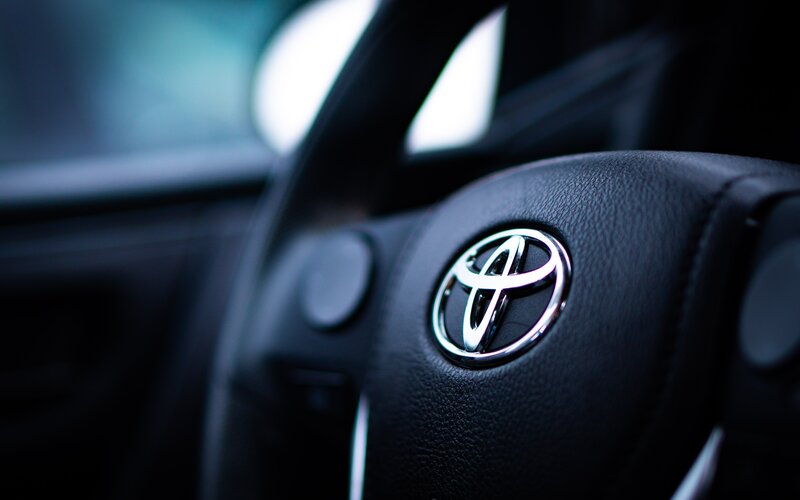
 Jacob Cocciolone
Jacob Cocciolone
